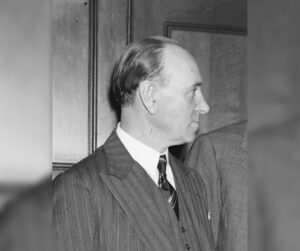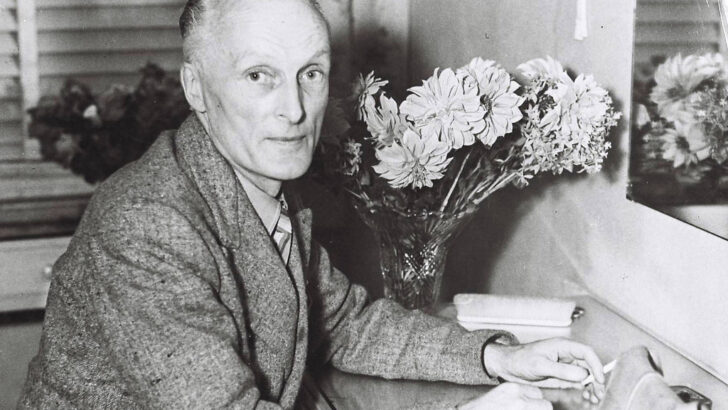Roman Imbroglio: Italy and the Irish During World War Two, by Isadore Ryan (Published by the author, available through Amazon, €24.99 / £22.19; contact isadore.ryan@gmail.com)
Dermot Keogh
This is a most welcome, widely-researched and original book. It covers untilled historical ground, introducing readers to a ‘new’ cast of Irish men and women religious and diocesan priests who lived in precarious conditions in a Rome controlled by Mussolini and the fascists, then occupied by the Germans and finally liberated by the Allied forces.
Throughout those terrible war years, Pope Pius XII and the Holy See remained hemmed in by arrogant victors – Fascist and Nazis – who ultimately were defeated by the Allies. During the years of Fascism and Nazism, Rome was a city where many were complicit, fellow travellers who witnessed without moving a muscle the deportation of some 1,259 Jews by train from the centre of the city to Auschwitz.
With the exception of the former, sacked Irish Minister to Germany, Charles Bewley, who was in the pay of the Nazis throughout the war, the Irish who occupy the pages of this intriguing volume were about 500 in number (fewer as the war progressed). They were mainly religious and diocesan clergy and nuns trying to survive in a city of starving people, while – in the case of a large number – risking their lives to take part in the rescuing and hiding of those in danger of imprisonment, deportation and/or execution.
Ireland had diplomatic representation to the Quirinale and to the Holy See. In the former, Michael MacWhite, who interpreted Irish neutrality according to the letter of the law and looked askance at the ‘escape line’ headed by the courageous and most undiplomatic – according to MacWhite – of diplomats, Msgr Hugh O’Flaherty.
Trouble
The latter appeared never to be out of trouble with his superiors at the Holy See. This volume sheds new light on the work of that generous hearted priest from Kerry who, with the help of British Intelligence and scores of Italians and Irish volunteers, secured the escape – the author argues – of some 6,000.

While MacWhite did not actively help O’Flaherty, the Irish chargé d’affaires to the Holy See, Thomas Joseph Kiernan, was less scrupulous about crossing diplomatic boundaries – or rather his wife Delia Murphy certainly showed herself to be. Among the Irish in Rome, she was regarded as a saviour, hosting parties where she sang and fed the malnourished community with whatever food she could lay her hands on.
When called upon by O’Flaherty, she was willing to engage in many unneutral acts to save escaped Allied prisoners and others in danger. This book identifies the large number of Irish people involved in unneutral activities in Rome during those years.
Perhaps the emphasis on Rome in the title sells the book short as the text also covers the role of the Irish in central and northern Italy. The nuns of the Little Company of Mary (Blue Sisters), besides running a hospital in Rome, had a nursing home in via Cherubini in Florence and the Villa San Girolamo in Fiesole – made more famous by the film, The English Patient – and run by Mother Veronica (Agnes Killee) during the war years where she helped nurse scores of patients in impossibly overcrowded conditions lacking medicines and food.
Community
Eight of the nuns in that community were Irish. Their names deserve to be known. Forced by the Germans to abandon the villa, the nuns continued to give assistance to the wounded. Returning to the villa after the German retreat, the nuns returned to find this historical building was “only a shell – a ghost of its former self, pock-marked, skeletal, its windows like black and empty sockets”.
In conclusion, this book introduces the reader to a wide cast of actors like Agnes Killee whose witness to major historical events has languished unread until now in the chronicles and the files of many religious institutions. This book sheds light on the wartime role of Irish diplomats, clergy and religious whose story and years of witness deserves to be told.
Dermot Keogh is Emeritus Professor of History at UCC.


 T. J. Kiernan.
T. J. Kiernan. 